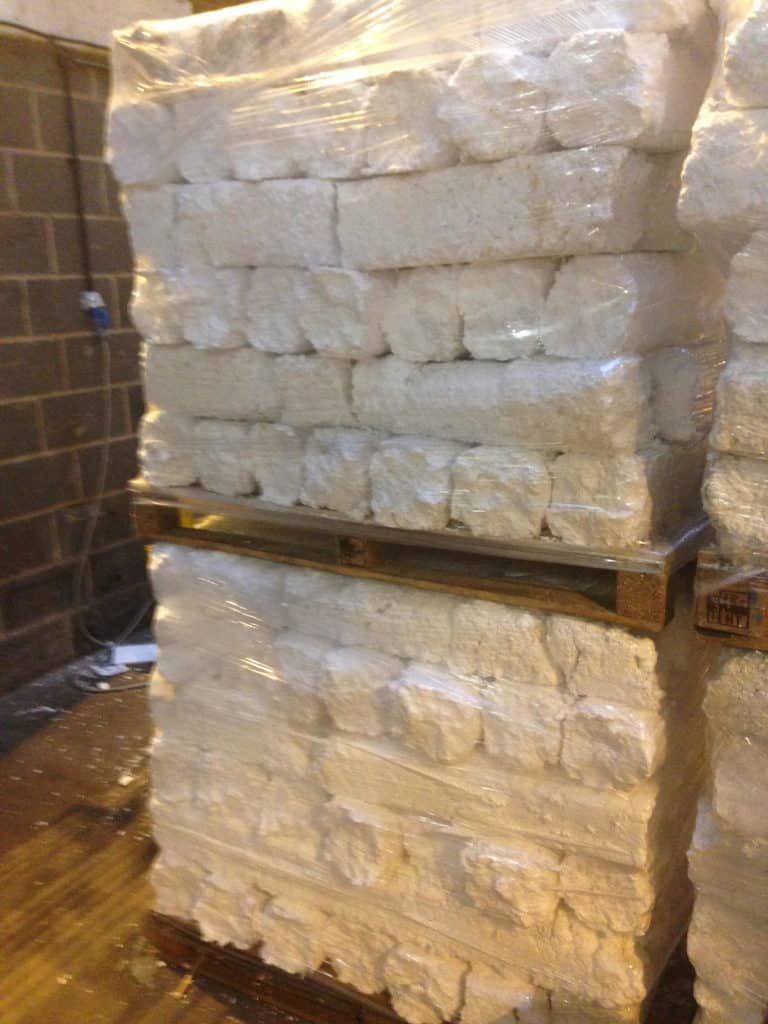Have you ever wondered why sometimes when you put on sun protection cream blotches appear and you get spots on your face? Here on Menorca we are fortunate to have a really good climate, long sunny days, warm evenings and nights! so good sun protection is super important even if you´re not a beach goer.
I became aware last year of the possible effects of sun protection cream on my health and in particular on my skin, this made me want to check the ingredients of any sun creams before I bought them. I was recommended an app called YUKA , it works by scanning the bar code of the product and gives you details of the ingredients and if they are good or bad! I am sure there are more apps like this but this one is good enough for me.
Another reason to try to avoid these ingredients is because of the damage they are doing to coral reefs and marine life.
A 2008 European study found that approximately 14,000 tons of
sunscreen end up in oceans each year. The highest concentrations were
found near coral reefs that are most popular with tourists. This means
the sunscreen you put on before surfing, kayaking, or swimming in the
ocean can wash off and remain in the ocean, causing serious damage to
coral reefs and marine life. That study was 8 years ago imagine what the figures are now!
I have found some information that I hope is useful!
6 SUNSCREEN INGREDIENTS TO AVOID
Oxybenzone
This penetration enhancer (i.e., chemical that helps other chemicals
penetrate the skin) undergoes a chemical reaction when exposed to UV
rays. When oxybenzone is absorbed by your skin, it can cause an
eczema-like allergic reaction that can spread beyond the exposed area
and last long after you're out of the sun. Experts also suspect that
oxybenzone disrupts hormones (i.e., mimics, blocks, and alters hormone
levels) which can throw off your endocrine system. According to the
Centers for Disease Control and Prevention (CDC), 97 percent of
Americans have this chemical circulating in our bodies, as it can
accumulate more quickly than our bodies can get rid of it.
Octinoxate
One of the most common ingredients found in sunscreens with SPF,
octinoxate is readily absorbed by our skin and helps other ingredients
to be absorbed more readily. While allergic reactions from octinoxate
aren't common, hormone disruption is: the chemical's effects on estrogen
can be harmful for humans and wildlife, too, should they come into
contact with the chemical once it gets into water. Though SPF products
are designed to protect skin from sun-induced aging, octinoxate may
actually be a culprit for premature aging, as it produces menacing free
radicals that can damage skin and cells.
Retinyl Palmitate (Vitamin A Palmitate - a derivitive of Palm Oil)
Just like the vitamin A we eat, retinyl palmitate is an antioxidant. As
an ingredient in sunscreen, it's function is to improve the product's
performance against the aging effects of UV exposure, However, certain
forms of vitamin A found in sun protection products—namely retinyl
palmitate, a combination of retinol (vitamin A) and palmitic acid, an
ingredient found in tropical plants such as palm and coconut—can be
cause for concern. When exposed to the sun's UV rays, retinol compounds
break down and produce destructive free radicals that are toxic to
cells, damage DNA, and may lead to cancer. In fact, FDA studies have
shown that retinyl palimitate may speed the development of malignant
cells and skin tumors when applied to skin before sun exposure, so steer
clear of skin sun products that harbor the stuff. It is amazing how many products contain Palm Oil!
Homosalate
This UV-absorbing sunscreen ingredient helps sunscreen to penetrate your
skin. Once the ingredient has been absorbed, homosalate accumulates in
our bodies faster than we can get rid of it, becomes toxic and disrupts
our hormones.
Octocrylene
When this chemical is exposed to UV light, it absorbs the rays and
produces oxygen radicals that can damage cells and cause mutations. It
is readily absorbed by your skin and may accumulate within your body in
measurable amounts. Plus, it can be toxic to the environment.
Paraben Preservatives
Associated with both acute and chronic side effects, parabens (butyl-,
ethyl-, methyl-, and propyl-) can induce allergic reactions, hormone
disruption, developmental and reproductive toxicity. While butylparaben
was reported to be non-carcinogenic in rats and mice, but it has been
previously suspected that parabens and other chemicals in underarm
cosmetics may contribute to the rising incidence of breast cancer.
IMPORTANT THINGS TO CONSIDER
Active Ingredients: Mineral sunscreens will list zinc and/or titanium dioxide only.
Be wary of the term “mineral-based,” which often means zinc and/or
titanium dioxide has been mixed with chemical sunscreens.
Water-Resistance: A sunscreen
can claim to be water-resistant only if it has undergone a forty- or
eighty-minute test. If water-resistance is not stated clearly on the
label, most likely the sunscreen will wash or sweat off.
Broad-Spectrum: This is important, as it means that the sunscreen blocks both UVA and UVB rays.
Even if the active ingredients are mineral, make sure that the
formula is not otherwise loaded with toxic ingredients. Red flags
include anything ending in -paraben, pthalates, sodium laureth sulfate,
and fragrance.
If you haven´t already tried the YUKA app, you are in for some fun!
My blog song for today is "All over the world" by Electric Light Orchestra (ELO)
TTFN












